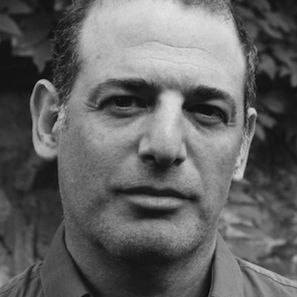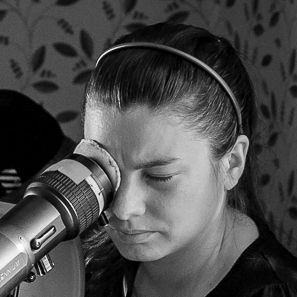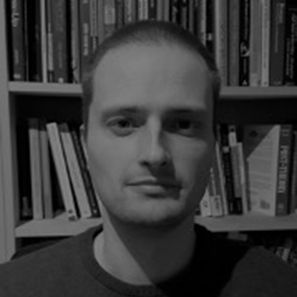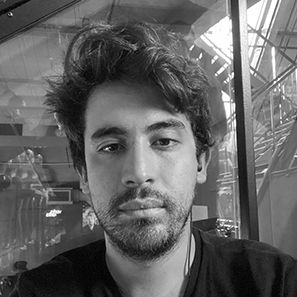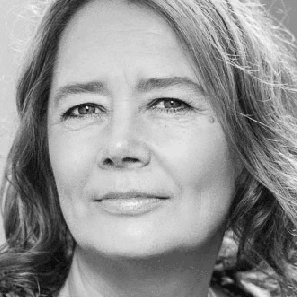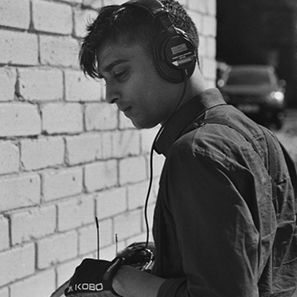
Artistic Research and Cognitive Film Studies: Towards a Transdisciplinary understanding of Cinema
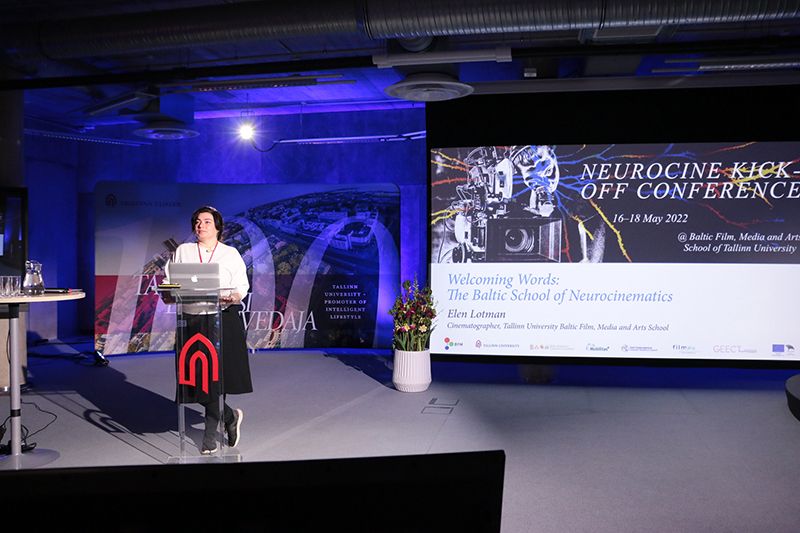
Head researcher: Elen Lotman
The goal of this integrative project is to further transdisciplinary collaboration between artistic researchers and cognitive scholars working in the field of media- and film studies by establishing a common research agenda – founded in the heuristics of film practice and the overall research programmes of embodied cognition and neurocinematics – that will serve as an overall theoretical framework and guideline for joint research projects and interdisciplinary and participatory experiments.
More specifically, this project aims to demonstrate the heuristic and epistemological value of film practice by exploring how the artistic creative processes that are at the core of this practice (e.g., sound design, cinematography, editing) can contribute to questions that are pertinent to the cognitive study of the moving image. Cognitive film scholars generally seek to understand, among other things, the ways in which perceptual and neural processing relate to spectators’ affective responses, to viewers’ comprehension of film narratives, and to the saliency of particular formal features of films. They also raise questions about how artistic strategies, such as narrative construction, audio-visual technique, and the creation of emotional responses, may be amenable to naturalistic explanations in a cognitive framework. In order to show how film practitioners can support further research in this discipline, the project has the ambition of exploring the possibility of conducting a series of experimental case studies alongside the following themes and research questions:
- What role does sound design and cinematography have in storytelling?
- In what ways do sound design and cinematography contribute to narrative comprehension, and what kinds of affective responses do they produce in the viewer?
- What is the effect of film structure on event segmentation, memory and emotional processing?
The results of these case-studies will offer film practitioners explanations as to how the fundamental aesthetic elements of film and media aesthetics — light and colour, two-dimensional space, three-dimensional space, time-motion, and sound – can be structured and applied to produce maximally effective visual and sound images, not only in the medium of film, but also in the new media of augmented reality and virtual reality.












